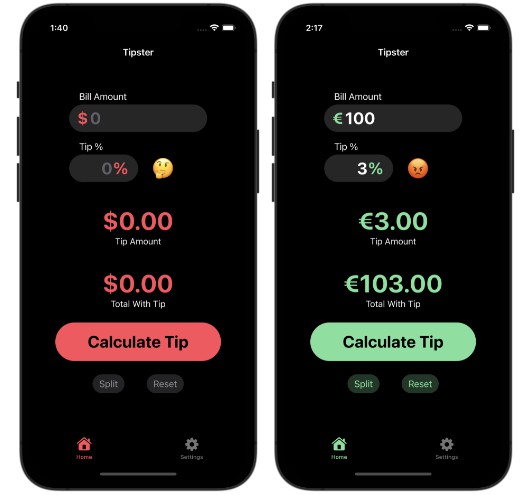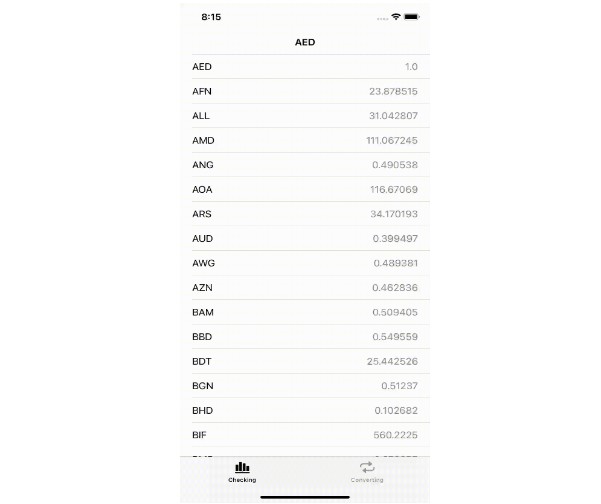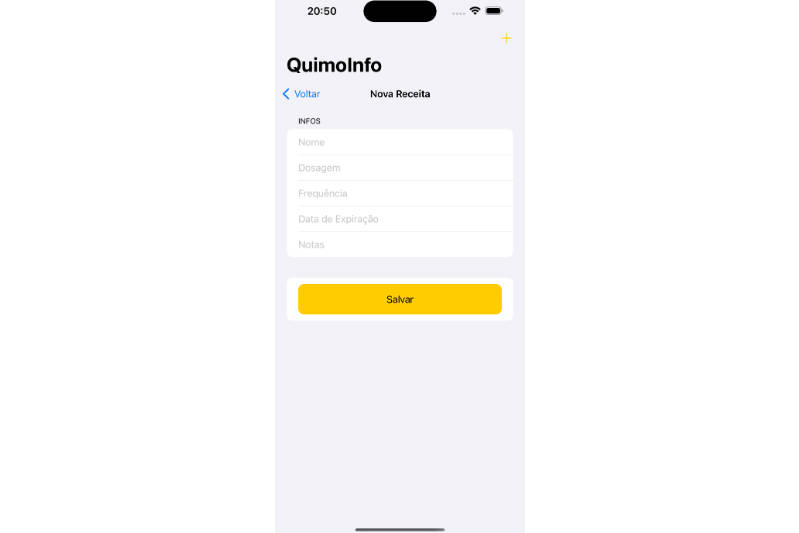Jentis
Jentis is a Package to support app Tracking to Jentis.
Basic usage
First setup the TrackService by passing a TrackConfig object to the initTracking method (on App Start).
let config = TrackConfig(trackDomain: "https://kndmjh.demoApp.jtm-demo.com/", trackID: "demoApp", environment: .live)
TrackService.shared.initTracking(config: config)
Afterwards, let the user setup the vendors he allows tracking to. Use the setConsents method to pass Key-Value Pairs of vendors to the SDK.
The setConsents method asynchronously returns whether it was successful or not. The method supports both, async/await & completion handler.
let result = await TrackService.shared.setConsents(consents: ["googleanalytics":true, "easymarketing":false])
switch result {
case .success:
// Successfully set consents - display success to the user
case .failure:
// An error occured - display error to user
}
From now on you can track data using the push method. Pass key-value pairs to the method to add information. At least a track key is needed on each push request, use [“track”:”submit”] to submit the tracking to the Jenkis server. The other keys can be used to track custom properties. The following values are tracked in the sdk by default.
Default Trackings
| Key | Description | Example Value(s) |
|---|---|---|
| app_device_brand | The brand of the device | Apple |
| app_device_model | The device model | iPhone14,5 (for iPhone 13, see Lookup table for more Information) |
| app_device_os | The device operating System | iOS |
| app_device_os_version | The device os Version | 15.0, 13.1 |
| app_device_language | The device language | de, en |
| app_device_region | The device region specified in the device settings (not the current location) | US |
| app_device_width | The screen width of the device | 390 |
| app_device_height | The screen height of the device | 844 |
| app_application_name | The name of the application | ExampleApp |
| app_application_version | The app version | 1.0, 2.1 |
| app_application_build_number | The app build number | 1, 2, 3 |
Example usage
Example usage when the user navigates to a new screen (with custom properties included – use the String extension jentisToJSON to convert any JSON String to an appropriate Any? Object):
let jsonStr = """
{"property1":"value1", "property2":"value2"}
""".jentisToJSON() as Any
TrackService.shared.push(data: ["track": "pageview", "pagetitle": "Tracking Screen", "virtualPagePath": "MainScreen/TrackingScreen", "testArray": ["property1": ["value1", "value2"], "property2":"value2"], "testJSON": jsonStr])
TrackService.shared.push(data: ["track": "submit"])
Debugging
Use the debugTracking method to enable/disable debugging.
Enable Debugging
TrackService.shared.debugTracking(true, debugId: "62a9e9c727255", version: "2")
Disable Debugging
TrackService.shared.debugTracking(false)
Helper Functions
This methods can be used to retrieve specific data from the SDK.
getConsentId
Returns the consentID which was created when the user first set his consents.
let consentID = TrackService.shared.getConsentId()
getCurrentConsents
Returns the current consent settings.
let trackingOptions = TrackService.shared.getCurrentConsents()
getLastConsentUpdate
Returns a Date object of the last time the user updated the consents.
let lastUpdateDate = TrackService.shared.getLastConsentUpdate()




